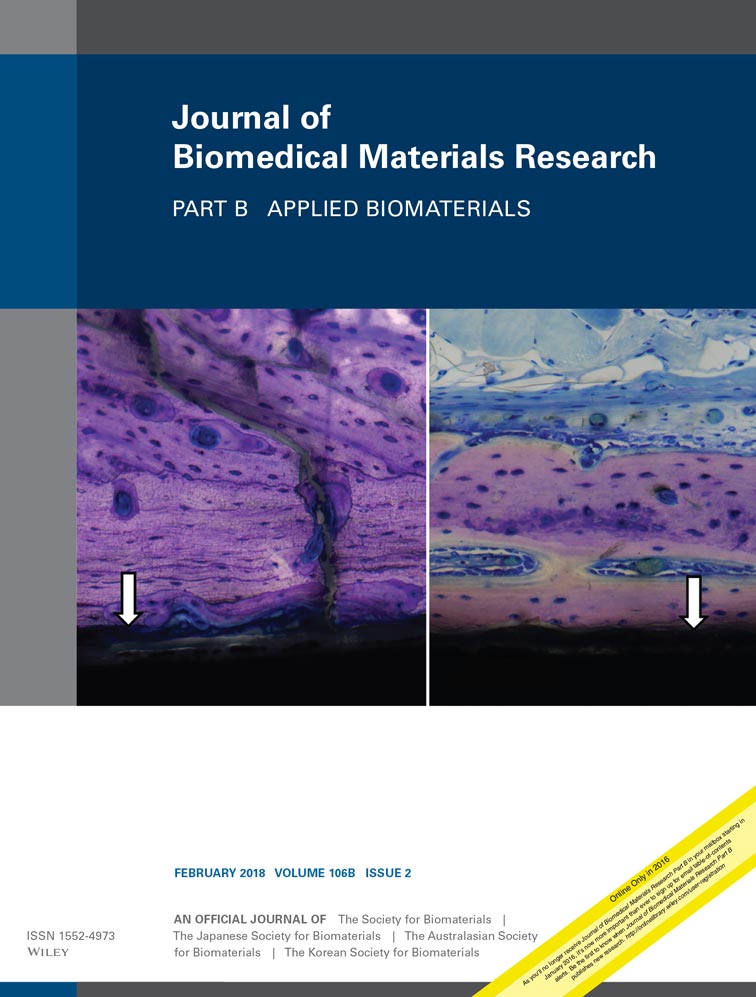Surface orientation effects on bending properties of surgical mesh are independent of tensile properties
Portions of this article were presented at the AUGS 36th Annual Scientific Meeting in Seattle, WA on October 16, 2015.
Abstract
Introduction
Current mechanical testing of surgical mesh focuses primarily on tensile properties even though implanted devices are not subjected to pure tensile loads. Our objective was to determine the flexural (bending) properties of surgical mesh and determine if they correlate with mesh tensile properties.
Methods
The flexural rigidity values of 11 different surgical mesh designs were determined along three textile directions (machine, cross-machine, and 45° to machine; n = 5 for each) using ASTM D1388-14 while tracking surface orientation. Tensile testing was also performed on the same specimens using ASTM D882-12. Linear regressions were performed to compare mesh flexural rigidity to mesh thickness, areal mass density, filament diameter, ultimate tensile strength, and maximum extension.
Results
Of 33 mesh specimen groups, 30 had significant differences in flexural rigidity values when comparing surface orientations (top and bottom). Flexural rigidity and mesh tensile properties also varied with textile direction (machine and cross-machine). There was no strong correlation between the flexural and tensile properties, with mesh thickness having the best overall correlation with flexural rigidity.
Conclusions
Currently, surface orientation is not indicated on marketed surgical mesh, and a single mesh may behave differently depending on the direction of loading. The lack of correlation between flexural stiffness and tensile properties indicates the need to examine mesh bending stiffness to provide a more comprehensive understanding of surgical mesh mechanical behaviors. Further investigation is needed to determine if these flexural properties result in the surgical mesh behaving mechanically different depending on implantation direction. © 2017 Wiley Periodicals, Inc. J Biomed Mater Res Part B: Appl Biomater, 106B: 854–862, 2018.




